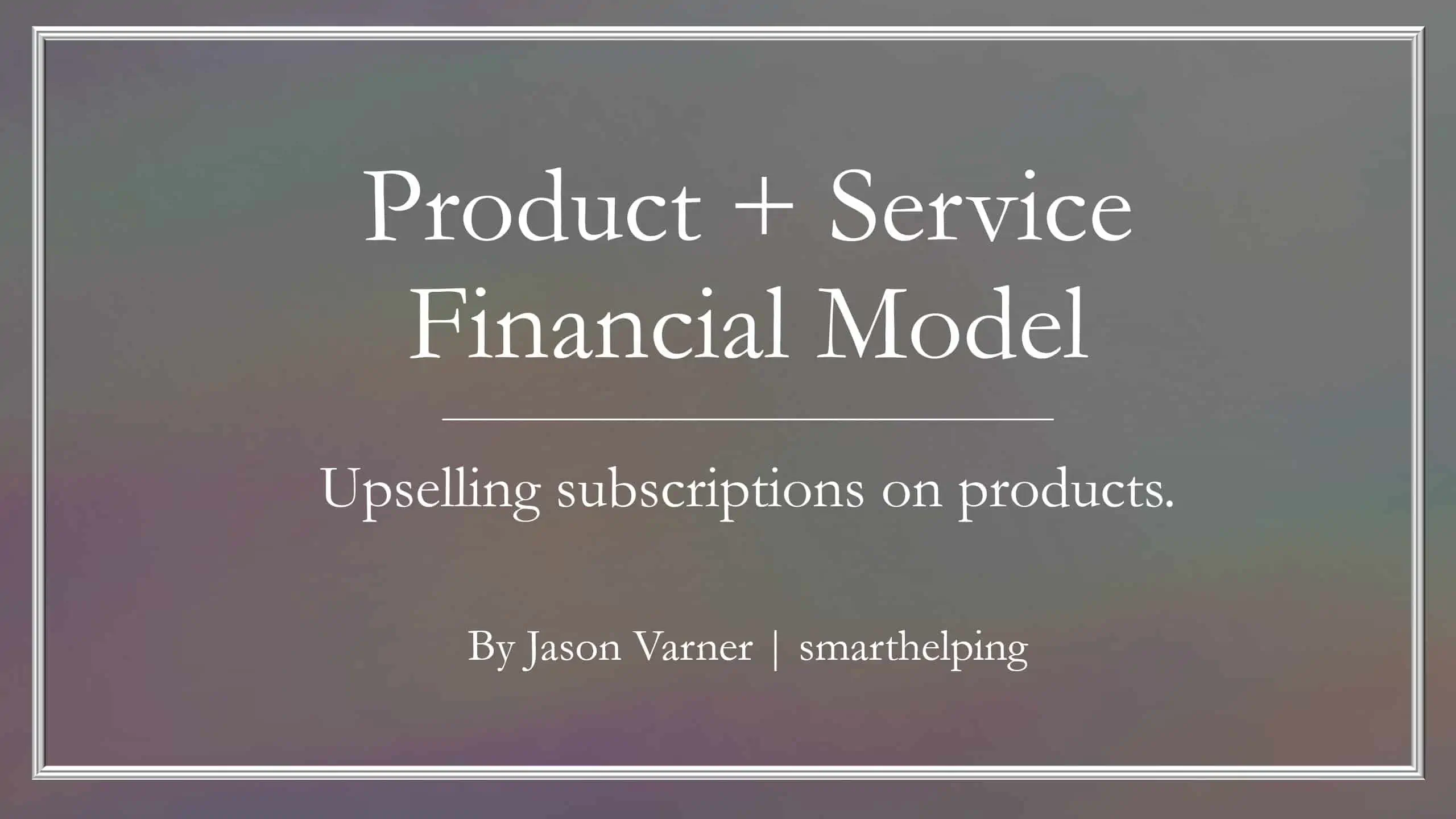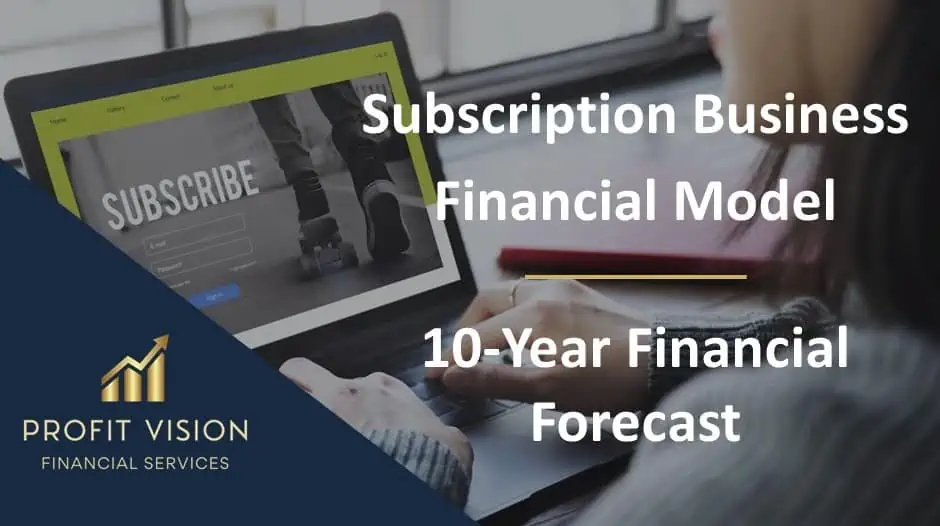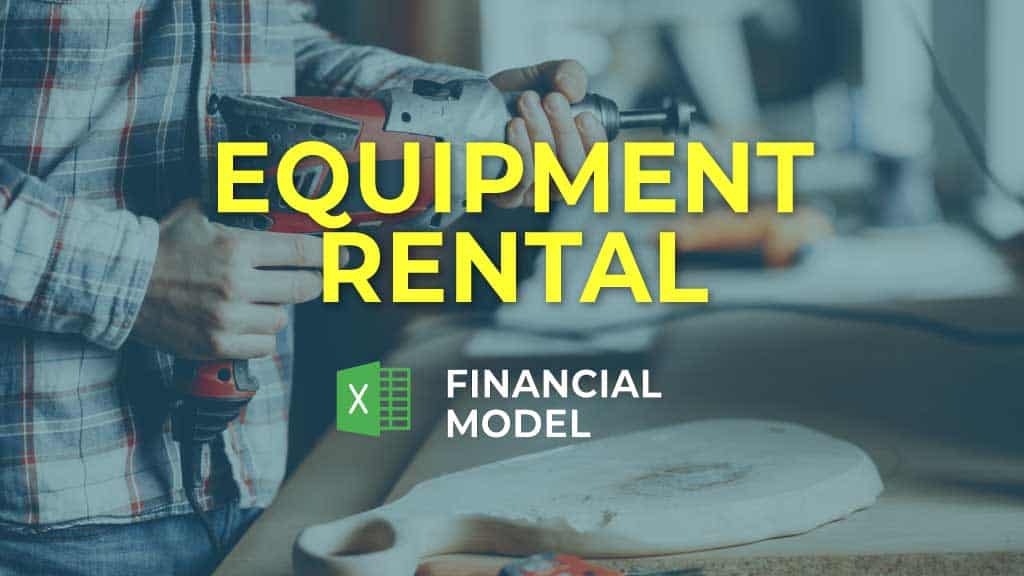Data-as-a-Service Financial Feasibility Study
This model is built for data-as-a-service startups. If you have valuable data to monetize, this template will allow for price testing, variable cost analysis, and produce financial statements.

Video Overview:
Data as a Service (DaaS) offers a streamlined, cloud-based solution for businesses to monetize their quality data. This DaaS template is a comprehensive framework for creating financial projections that are based on relevant industry-specific assumptions in the as-a-service space.
Template Features:
- Forecast up to 6 years with detailed monthly and annual financial statements.
- Model based on up to six customer types, with robust customer acquisition strategies.
- Multiple revenue stream options: Subscription Pricing, Pay per API Request, Pay per GB Accessed, and One-time data downloads.
- Customizable costs for each revenue stream, including API requests, data transmission, and storage.
- Options for data storage infrastructure and initial data acquisition costs.
- Advanced financial reports and metrics, including DCF Analysis, IRR, ROI, and customer retention curves.
- Dynamic scaling assumptions and promotional discount options.
- Each customer type has its own logic for retention, which allows for the most advanced modeling of expected active customers over time.
- KPI and visuals include LTV, CaC, LTV to CaC ratio, months to repay customer acquisition costs, and more.
Key Components of this Business Model:
- Data Storage and Management: Centralized solutions for data integrity and security.
- Data Quality and Cleaning: Ensuring accuracy and reliability.
- Data Integration and Processing: Tools for efficient data usage.
- APIs and Accessibility: Easy data access and manipulation for customers.
Economic Aspects:
- Cost Structure: Combination of fixed and variable costs.
- Revenue Streams: Versatile models including subscriptions and pay-per-use.
- Customer Acquisition and Retention: Balancing marketing and customer satisfaction costs.
- Economies of Scale: Reduced cost per unit with growing customer base.
- Gross Margin and Break-Even Analysis: Revenue vs operational costs balance.
- Customer Lifetime Value (CLTV) and Churn Rate: Long-term customer value and retention focus.
Launching a DaaS business is advantageous, given the high demand for quality data, scalability, potential for stable revenue, low marginal costs, and diverse monetization opportunities. Its global reach and integration with emerging technologies like AI make it a future-proof and lucrative venture.
Similar Products
Other customers were also interested in...
Function-as-a-Service (serverless computing) Finan...
Create financial projections for a FaaS cloud computing services business. This is a recurring reven... Read more
Product + Subscription Financial Model
Build a strategy for adding recurring revenues services to your product. Includes financial statemen... Read more
Product-as-a-Service (PaaS) Financial Model
This is a true PaaS model with flexible build-out assumptions, capacity sanity checks, and direct sa... Read more
Subscription Business – 10 Year Financial Model
Financial Model providing a 10-year financial plan for a startup or operating Subscription Business.... Read more
“Netflix for Gadgets” – Consumer-Tech Subscr...
An integrated, dynamic and ready-to-use financial model for Consumer-Tech Subscription/Rental Busine... Read more
Subscription Meal Kit Financial & DCF Valuatio...
We are glad to present our new integrated, dynamic and ready-to-use Subscription Meal Kit Financial ... Read more
Web Design Firm Financial Model – 5 Year Financi...
Financial Model provides an advanced 5-year financial plan for a startup or operating Web ... Read more
Equipment Rental Subscription Financial Model Exce...
Order Equipment Rental Subscription Budget Template. This well-tested, robust, and powerful template... Read more
Fresh Flowers Subscription Financial Model Excel T...
Impress bankers and investors with a proven, solid Fresh Flowers Subscription Budget Template. Five ... Read more
Lead Generation Financial Model Excel Template (Fu...
The UPtick Lead Generation Template is a simple yet robust financial model that allows you to make i... Read more
You must log in to submit a review.






























